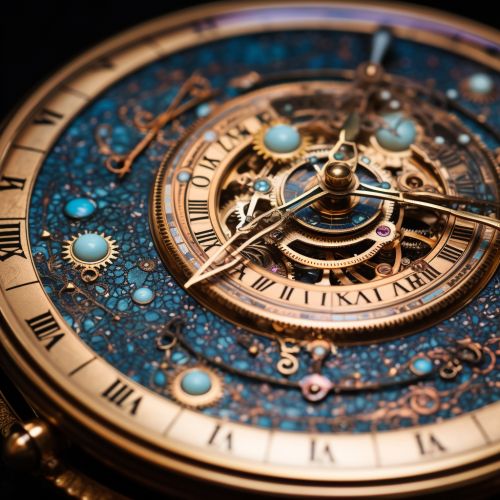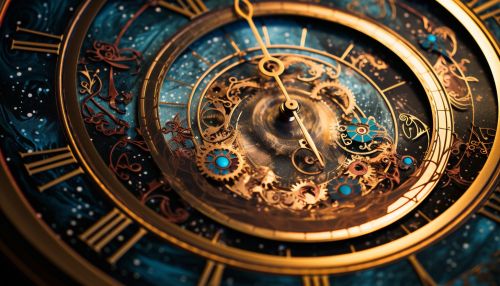Circadian Rhythms
Introduction
Circadian rhythms are physical, mental, and behavioral changes that follow a daily cycle. They respond primarily to light and darkness in an organism's environment. Sleeping at night and being awake during the day is an example of a light-related circadian rhythm. Circadian rhythms are found in most living things, including animals, plants, and many tiny microbes. The study of circadian rhythms is called chronobiology.


Biological Background
Circadian rhythms are driven by biological clocks inside the body. These clocks are groups of interacting molecules in cells throughout the body. A "master clock" in the brain coordinates all the body clocks so that they are in sync. This master clock consists of a group of nerve cells in the brain called the suprachiasmatic nucleus, or SCN. The SCN controls the body's temperature, hormone production, and other functions that play a role in how sleepy or awake a person feels.
Circadian Rhythm Disorders
Circadian rhythm disorders are disruptions in a person's circadian rhythm. They can result from many factors, including shift work, time zone changes, and irregular sleeping patterns. These disorders can lead to various health problems, such as sleep disorders, obesity, diabetes, depression, bipolar disorder, and seasonal affective disorder. Treatment for circadian rhythm disorders can include light therapy, medications, and lifestyle changes.
Circadian Rhythms and Sleep
The circadian rhythm dictates a person's sleep-wake cycle, repeating roughly every 24 hours. Many factors can disrupt this rhythm and affect sleep. Not getting enough light during the day or exposure to light at night can disrupt the body's normal sleep-wake cycle. Similarly, not having regular sleep habits or eating meals at different times each day can also disrupt one's circadian rhythm.
Circadian Rhythms in Other Organisms
Circadian rhythms are not just present in humans. They are a fundamental part of life on earth and are present in all organisms, from the smallest bacteria to the largest mammals. For example, plants use circadian rhythms to tell them when to open their flowers for pollinators and when to close them to conserve water.
Conclusion
Understanding circadian rhythms and how they affect our lives is a crucial part of biology and medicine. They regulate many of our body's functions and can significantly impact our health and well-being. By understanding our body's natural rhythms, we can better manage our health and live more in tune with our body's natural cycles.
